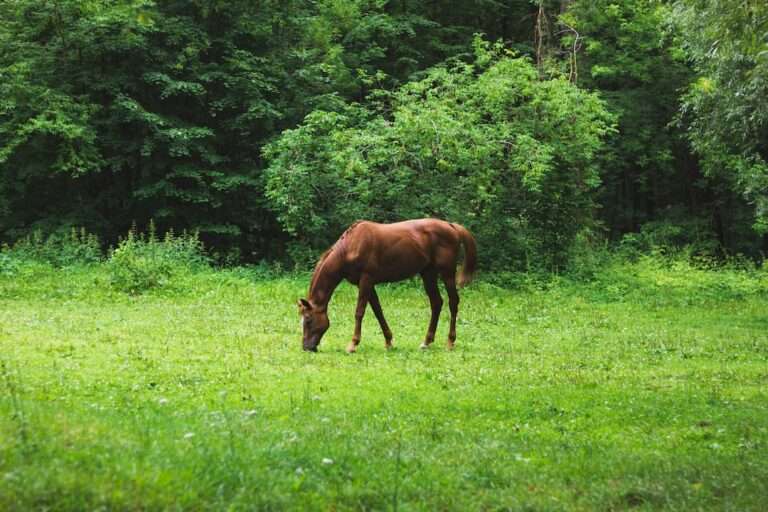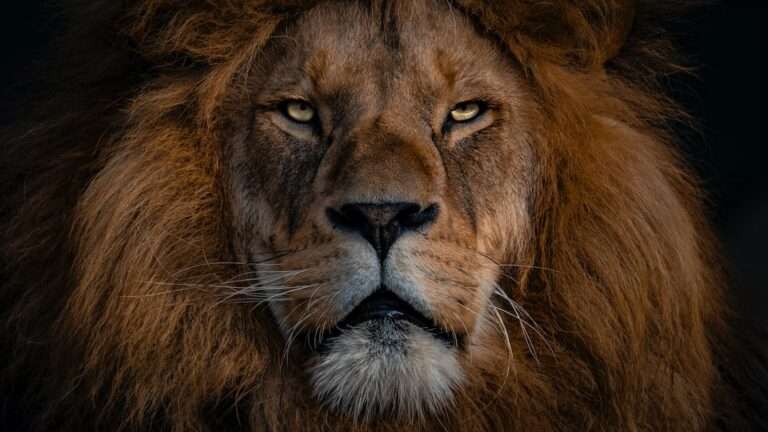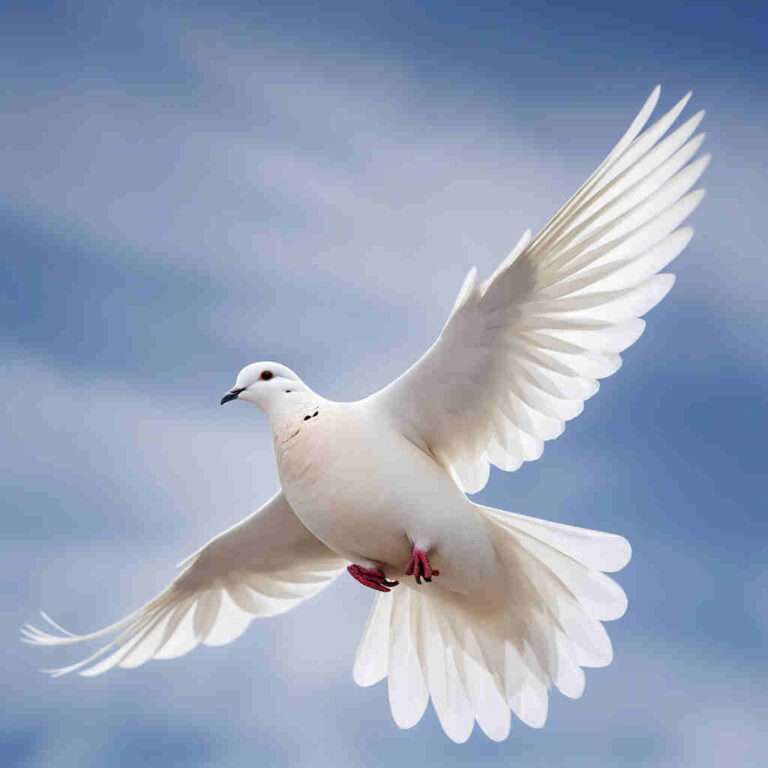The Mystical Meaning Behind Scarab Beetle Symbolism: Understanding the Ancient Egyptian Beliefs

The scarab beetle holds a significant place in the ancient Egyptian culture, symbolizing various aspects of life and death. The Egyptians revered the scarab beetle for its ability to transform and regenerate, associating it with creation and rebirth. The scarab beetle was not only a symbol of power and protection but also played a crucial role in their burial practices and religious beliefs. Its enduring symbolism continues to captivate people today.
Key Takeaways
- Scarab beetles were highly revered in ancient Egypt for their symbolism of rebirth and regeneration.
- Scarab beetles were believed to represent the sun god Ra and were often associated with the concept of eternal life.
- Scarab beetles were commonly used in ancient Egyptian burial practices, with amulets and jewelry featuring the beetle being placed on the deceased.
- Scarab beetles were seen as a powerful spiritual symbol, representing the cyclical nature of life and the afterlife.
- Scarab beetles were a common motif in Egyptian art and architecture, with many temples and tombs featuring intricate scarab beetle designs.
The Significance of the Scarab Beetle in Egyptian Mythology
In Egyptian mythology, the scarab beetle was closely associated with the sun god Ra. According to ancient Egyptian beliefs, Ra would roll the sun across the sky during the day and then transform into a scarab beetle to journey through the underworld at night. This association with Ra made the scarab beetle a symbol of creation and rebirth. The Egyptians believed that just as the scarab beetle rolled a ball of dung, which contained its eggs, across the ground, so did Ra roll the sun across the sky, bringing light and life to the world.
The Role of Scarab Beetles in Ancient Egyptian Burial Practices
Scarab beetles played a significant role in ancient Egyptian burial practices. They were often placed on the chest of the deceased during mummification as a symbol of protection and rebirth. The Egyptians believed that the scarab beetle would guide the soul of the deceased through the afterlife and ensure their safe passage into the realm of Osiris, the god of the dead. Scarabs were also commonly used as amulets or charms, which were buried with the deceased to provide them with protection and aid in their journey to the afterlife.
The Spiritual Significance of Scarab Beetles in Ancient Egyptian Beliefs
| Aspect | Description |
|---|---|
| Symbolism | The scarab beetle was seen as a symbol of rebirth, renewal, and resurrection in ancient Egyptian beliefs. |
| Depiction | The beetle was often depicted in art and hieroglyphics, with its wings spread and legs extended, as a representation of the sun god Khepri. |
| Amulets | Scarab beetle amulets were popular in ancient Egypt and were believed to bring good luck, protection, and fertility. |
| Mummification | Scarab beetles were sometimes included in the mummification process, placed on the heart of the deceased to protect it during the journey to the afterlife. |
| Religious significance | The scarab beetle played an important role in the religious beliefs of ancient Egyptians, representing the cycle of life, death, and rebirth. |
In ancient Egyptian beliefs, scarab beetles were seen as spiritual symbols representing transformation and regeneration. They were believed to possess the power to bring about positive change and renewal. The Egyptians believed that wearing or carrying scarab amulets would bring them good luck, protection, and spiritual guidance. The scarab beetle was also associated with the concept of eternal life and the cyclical nature of existence, symbolizing the continuous cycle of birth, death, and rebirth.
The Symbolism of Scarab Beetles in Egyptian Art and Architecture
Scarab beetles were prominently depicted in Egyptian art and architecture. They were often carved into amulets, jewelry, and other decorative objects. The scarab beetle was also a popular motif in tomb paintings and reliefs, symbolizing the deceased’s journey to the afterlife. In architecture, scarabs were often used as decorative elements on columns, walls, and other structures. These depictions served as a reminder of the scarab beetle’s symbolism of transformation and rebirth.
The Connection Between Scarab Beetles and the Sun God Ra

The scarab beetle’s connection to the sun god Ra influenced Egyptian beliefs and practices. Ra was considered the most important god in ancient Egyptian mythology, representing the sun and its life-giving properties. The Egyptians believed that Ra created the world and everything in it, including humans. The scarab beetle’s association with Ra as a symbol of creation and rebirth reinforced its significance in Egyptian culture.
The Importance of Scarab Beetles in Egyptian Magic and Rituals
Scarab beetles were used in various magical rituals in ancient Egypt. They were believed to possess protective powers and were often used as talismans or amulets to ward off evil spirits or negative energies. Scarabs were also used in rituals related to fertility and abundance, as they symbolized regeneration and growth. Additionally, scarabs were used in divination practices, where they were inscribed with symbols or hieroglyphs that were believed to hold mystical powers.
The Metaphysical Meaning of Scarab Beetles in Ancient Egyptian Philosophy
In ancient Egyptian philosophy, scarab beetles held a metaphysical meaning. They were seen as a representation of the divine and the interconnectedness of all things. The scarab beetle’s ability to transform and regenerate symbolized the eternal cycle of life and death, emphasizing the belief in the continuity of existence. The Egyptians believed that just as the scarab beetle emerged from the dung ball, new life would emerge from death.
The Legacy of Scarab Beetle Symbolism in Modern Culture
The symbolism of scarab beetles has been carried into modern culture, where it continues to captivate people’s imagination. Scarab beetle motifs can be found in jewelry, artwork, and fashion, often representing transformation, rebirth, and protection. The scarab beetle’s symbolism has also been incorporated into various spiritual practices and beliefs, where it is seen as a symbol of personal growth and spiritual awakening.
The Enduring Mystique of Scarab Beetle Symbolism in Egyptian Beliefs
The scarab beetle holds a significant place in ancient Egyptian culture, symbolizing various aspects of life and death. Its association with creation and rebirth, its role in burial practices, its spiritual significance, and its connection to the sun god Ra all contributed to its enduring mystique. The scarab beetle’s symbolism continues to captivate people today, reminding us of the cyclical nature of existence and the potential for transformation and renewal.
If you’re fascinated by the symbolism of the scarab beetle, you might also be interested in exploring the symbolism of the moon. The moon has long been associated with various meanings and interpretations across different cultures and religions. It represents femininity, intuition, emotions, and the subconscious mind. To delve deeper into the symbolism of the moon, check out this insightful article on symbolismhub.com.
FAQs
What is Scarab Beetle Symbolism?
Scarab beetle symbolism is the use of the scarab beetle as a symbol in various cultures and religions. The scarab beetle is often associated with rebirth, transformation, and protection.
What cultures and religions use Scarab Beetle Symbolism?
Scarab beetle symbolism has been used in ancient Egyptian, Greek, and Roman cultures, as well as in various religions such as Christianity, Judaism, and Islam.
What does the Scarab Beetle represent in ancient Egyptian culture?
In ancient Egyptian culture, the scarab beetle represented the sun god, Khepri, who was believed to roll the sun across the sky each day. The scarab beetle was also associated with rebirth and the afterlife, as it was believed to symbolize the cycle of life and death.
What does the Scarab Beetle represent in Christianity?
In Christianity, the scarab beetle is often associated with resurrection and the resurrection of Jesus Christ. The beetle’s ability to emerge from its cocoon and transform into a beautiful creature is seen as a symbol of the resurrection.
What does the Scarab Beetle represent in Islam?
In Islam, the scarab beetle is often associated with protection and good luck. It is believed that carrying a scarab beetle amulet can protect the wearer from harm and bring good fortune.
What is the significance of Scarab Beetle Jewelry?
Scarab beetle jewelry has been popular throughout history and is often worn as a symbol of protection, transformation, and rebirth. It is also believed to bring good luck and ward off evil spirits.





